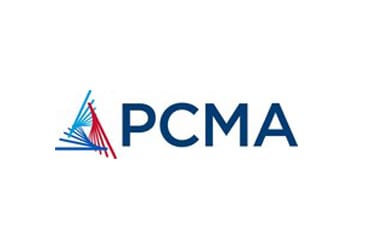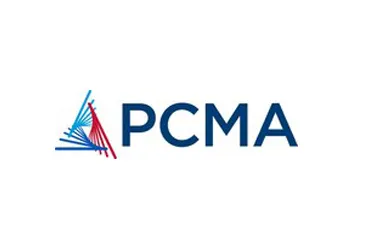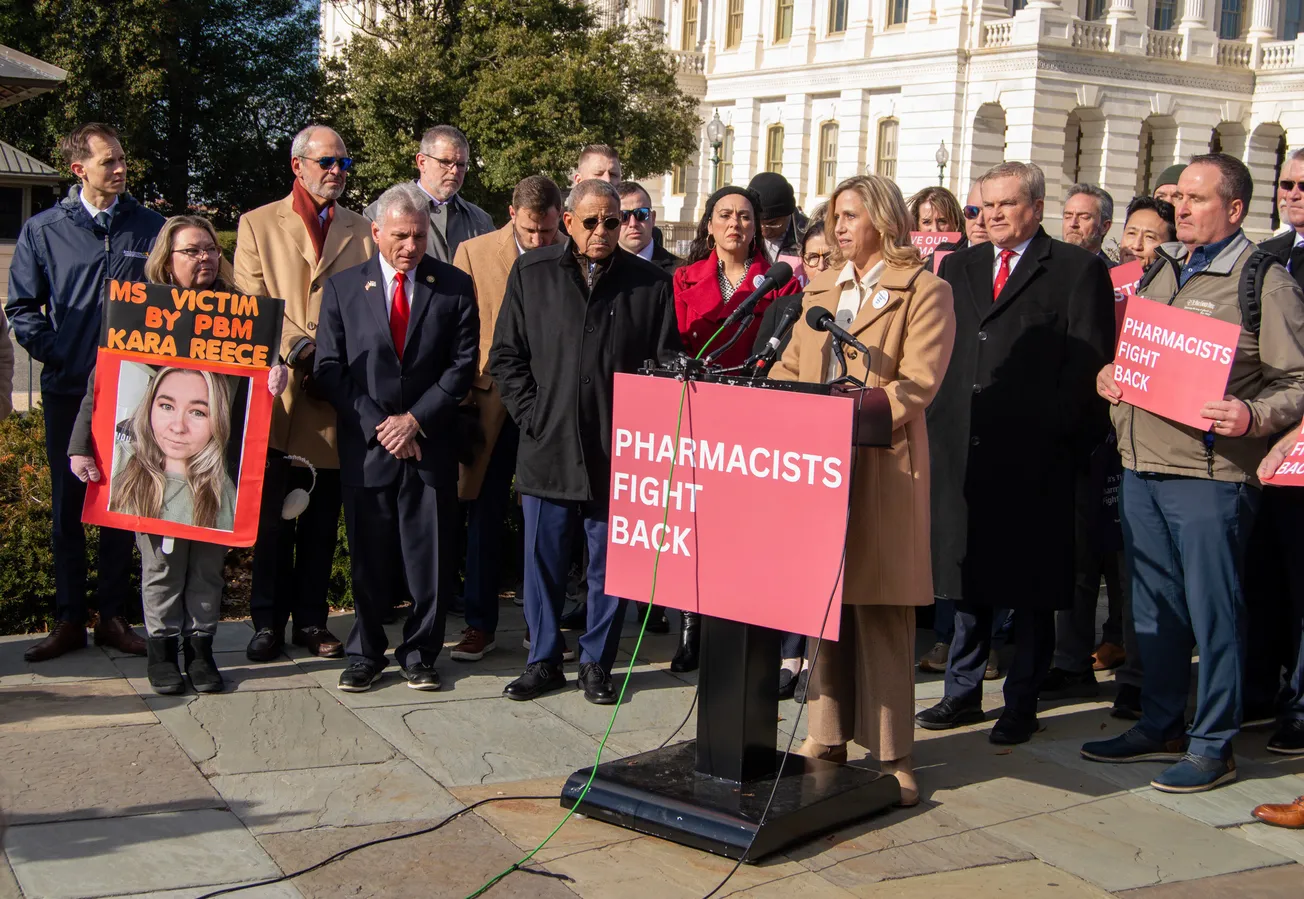WASHINGTON — This week, as congressional hearings focus on access to affordable insulins, it should be recognized that a multitude of market forces are working to reduce the cost of insulin products for patients.

The average final out-of-pocket costs on insulin for all patients decreased from $31.52 in 2018 to $21.19 in 2022. Medicare patients paid under $35 out-of-pocket on insulin 71 percent of the time in 2022, while the commercially insured paid under $35 out-of-pocket 80 percent of the time. Indeed, a recent IQVIA reportfound that “Across all patients, benefit design changes combined with the availability of biosimilars are contributing to falling insulin costs.”
Recently, drug companies reacted to the public’s desire for lower insulin prices by announcing reduced list prices, underscoring their ability to use their discretion and pricing power to lower the prices of the drugs that they make and sell, regardless of rebates or any other component. Further to this point, data has consistently shown that high drug prices are not correlated to rebates, and price hikes are not correlated to increased rebates.
Separate from drug company price drops on insulin, PBMs have introduced innovative programs to help make insulin even more affordable for more patients. One pharmacy benefit company and a health planintroduced an initiative to apply manufacturer patient assistance programs in a novel way, which lowered the monthly out-of-pocket costs for insulin by 40 percent or more. Under the program, out-of-pocket costs are $25 for a 30-month supply of insulin for eligible health plan enrollees. Another PBM announced it could provide access to diabetes drugs, including insulin, at no out-of-pocket cost to eligible health plan enrollees, and save on medical expenses for the health plan. And another company announced the elimination of out-of-pocket costs in standard fully insured group plans for certain preferred prescription drugs, including insulin.
Free markets allow companies to be agile and meet the market’s call for change. For insulin, the headlines might not always reflect this dynamic, but calls for change are being answered by pharmacy benefit companies, despite the rhetoric being pushed by the big drug companies in an effort to shift focus away from legislation that would hold them accountable for anticompetitive patent abuse that keep prices high.
The most efficient and effective way to lower drug prices is by encouraging competition in the prescription drug marketplace – something big drug companies actively oppose and block through patent schemes designed to protect their monopoly branded franchises. This is never truer than with insulins: With sufficient competition, PBMs negotiate lower net prices on insulins from drug companies, securing savings for employers, patients and taxpayers.
Even prior to the Inflation Reduction Act’s provision to cap insulin out of pocket costs in the Medicare prescription drug program, half of drug plans were participating in a Part D demonstration project, “The Part D Senior Savings Model” led by the CMS Innovation Center, that capped out-of-pocket costs for insulin at $35 per month.
The bottom line is that market forces are working to lower insulin costs. PBMs innovating for solutions and advocating for more price-lowering competition are examples of the competitive free market working as it should. This will be even more important as new high-priced products for diabetes and other large patient groups come to market.
|







